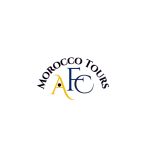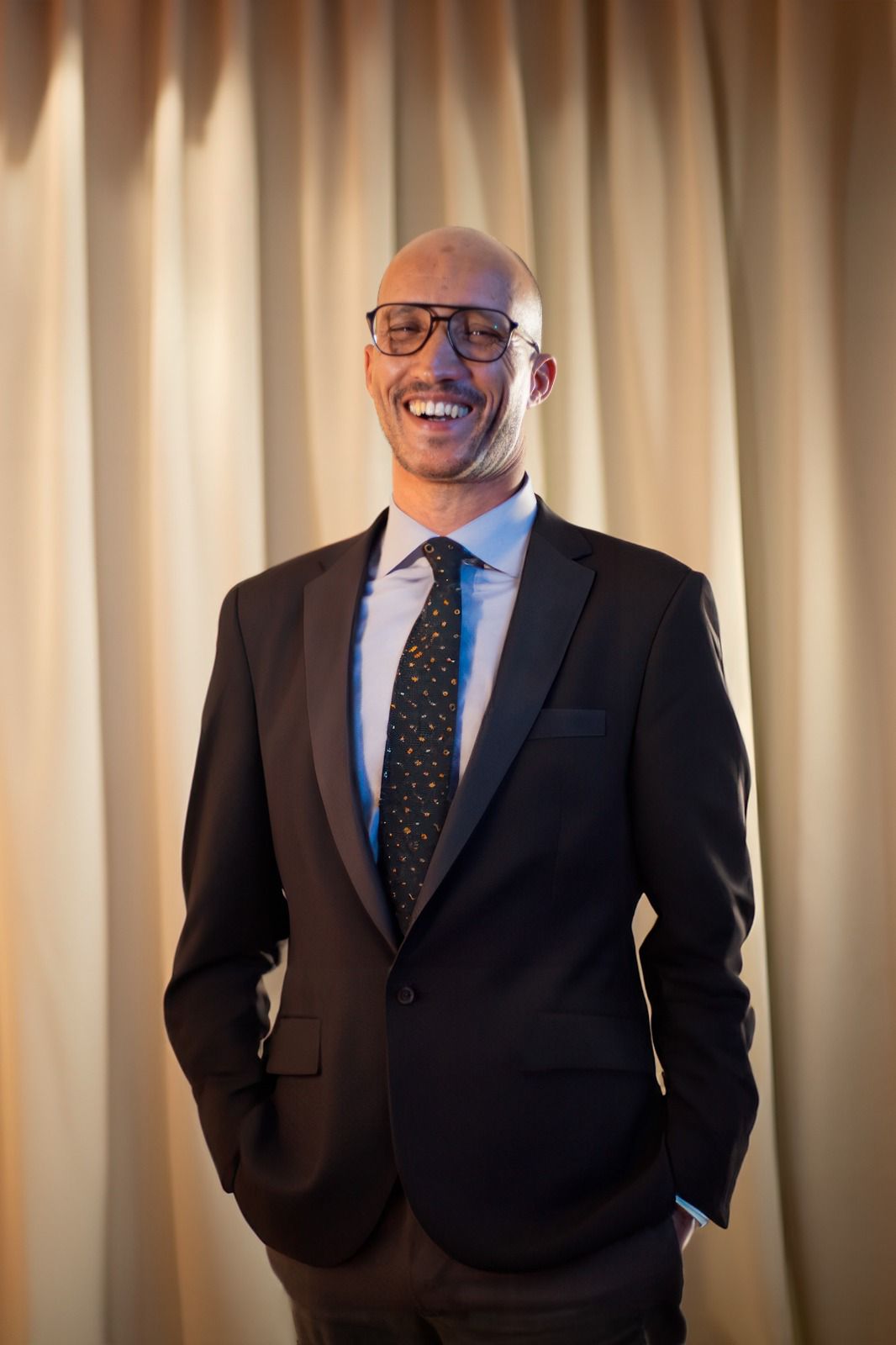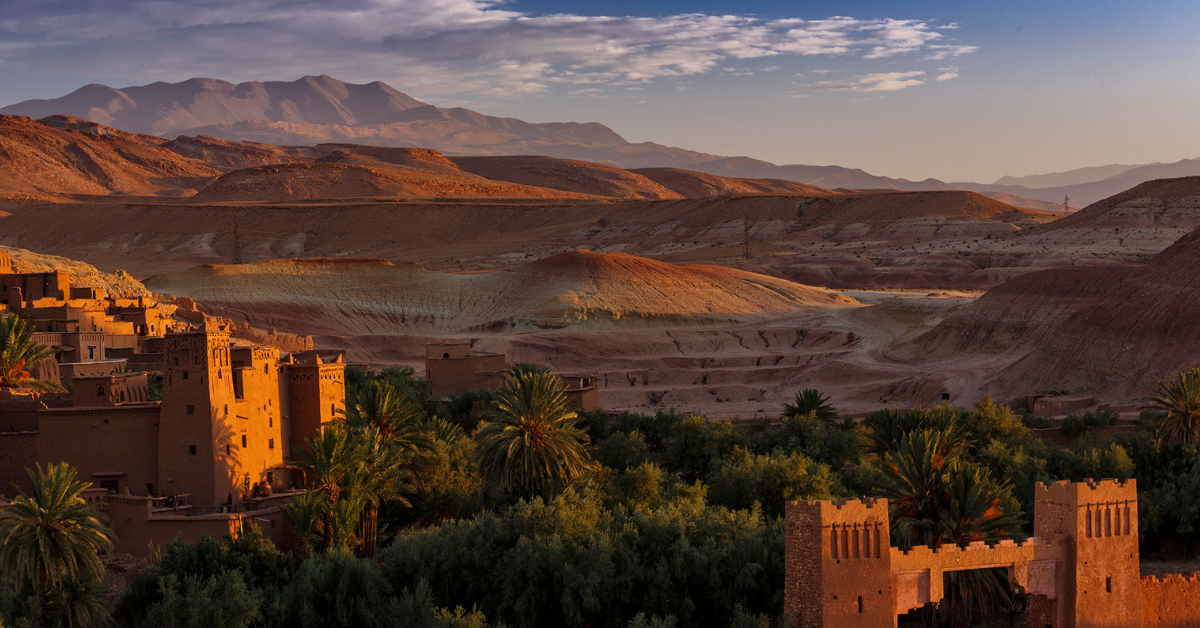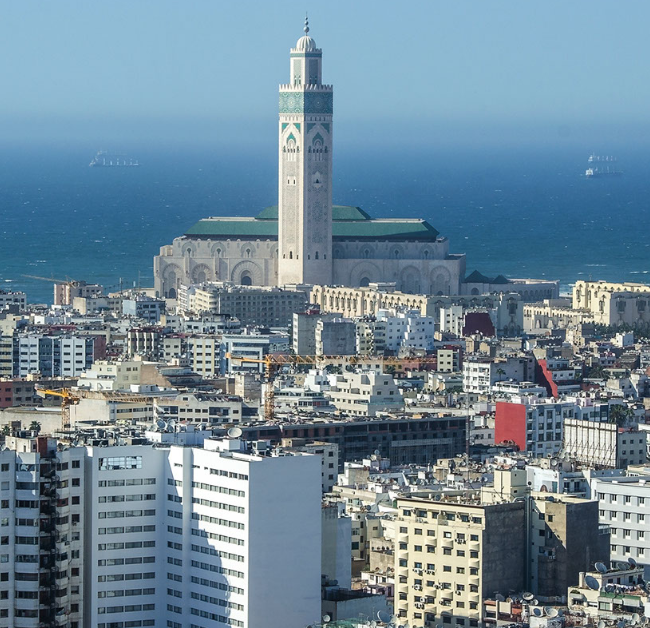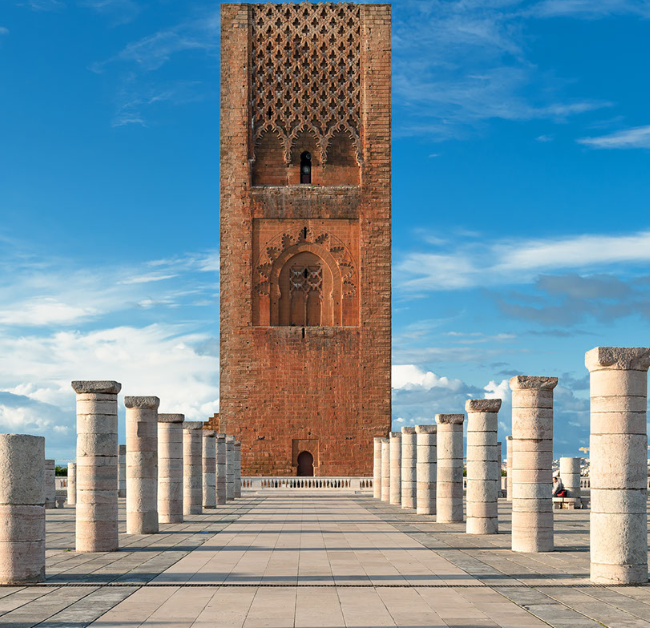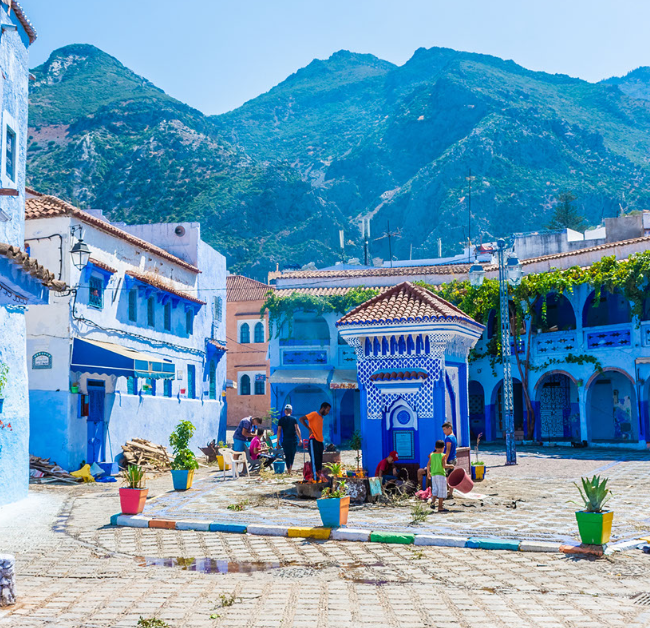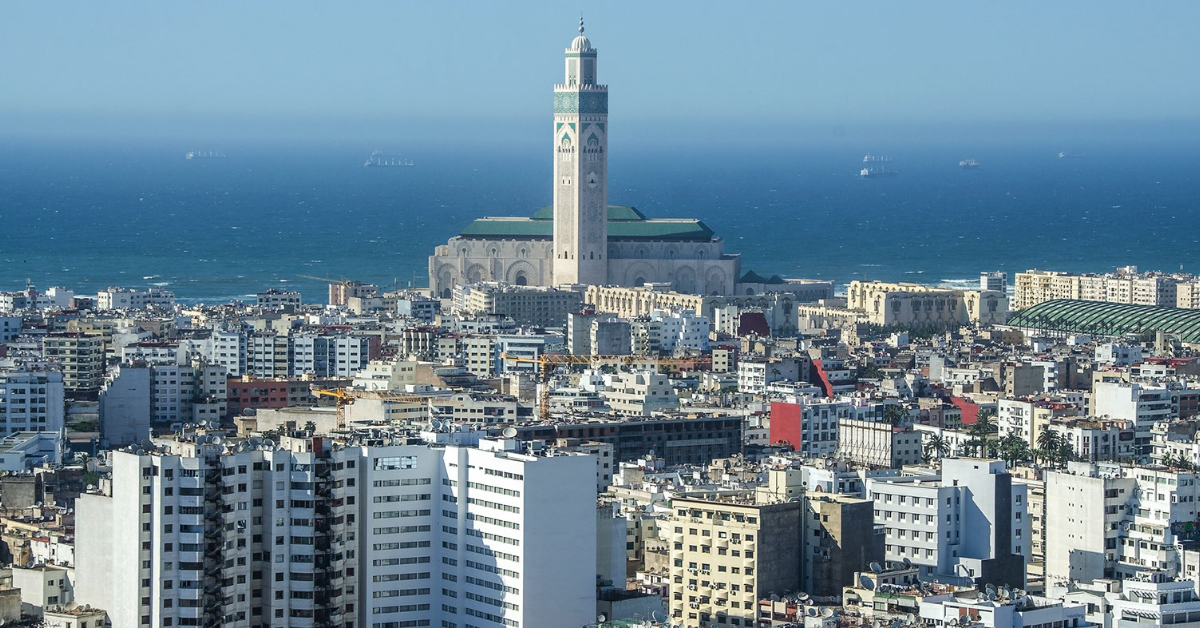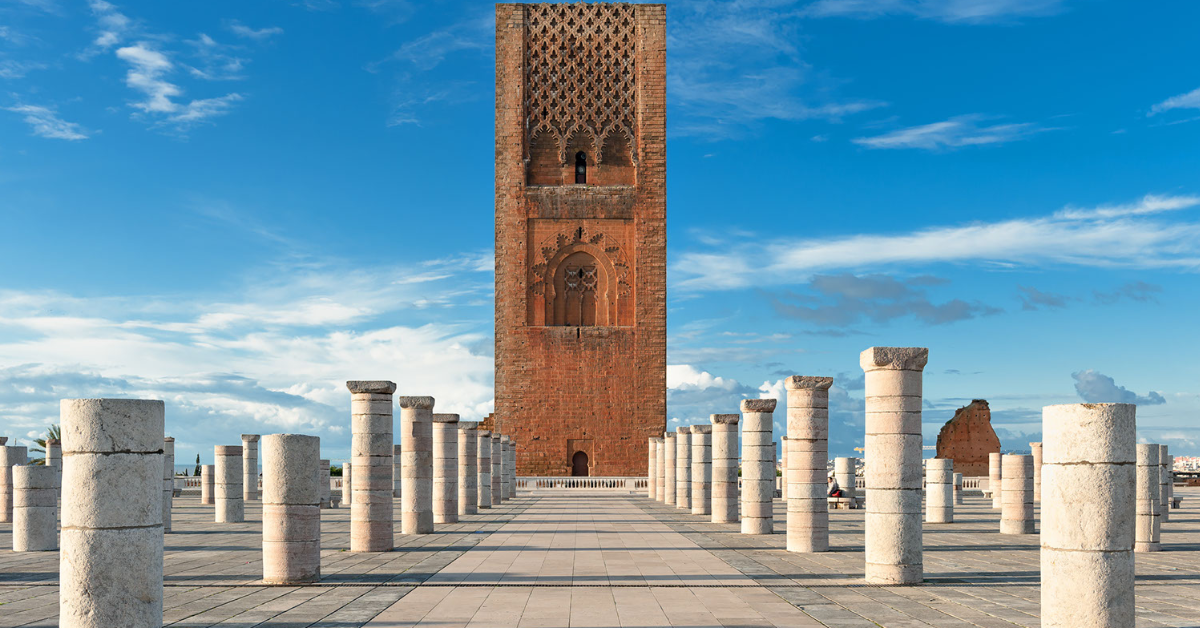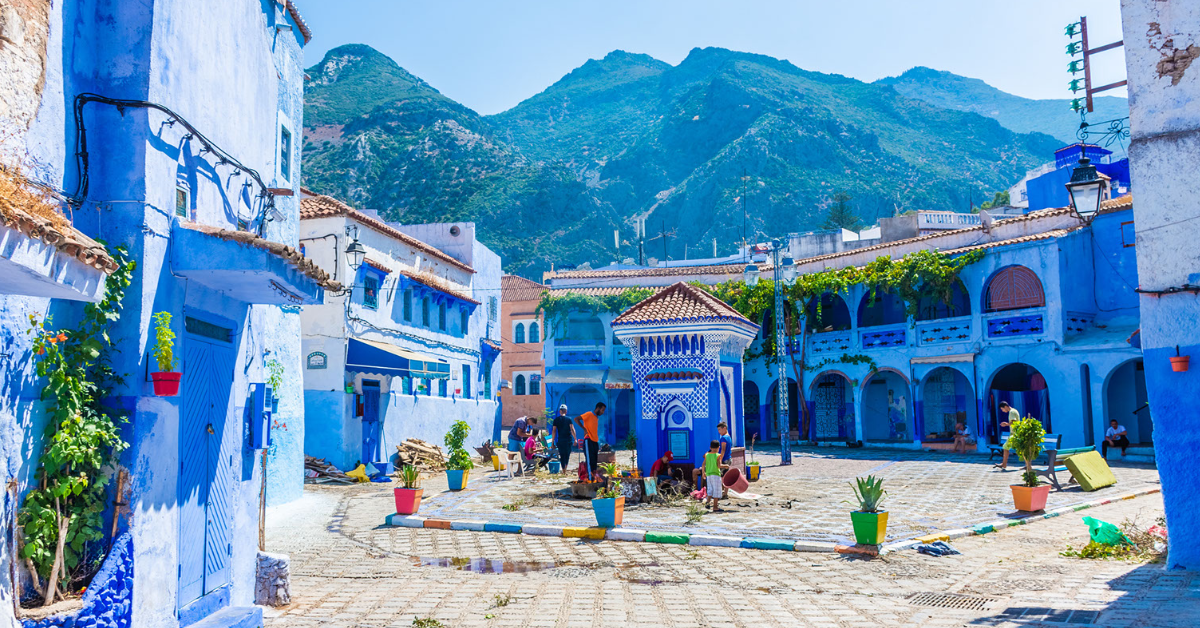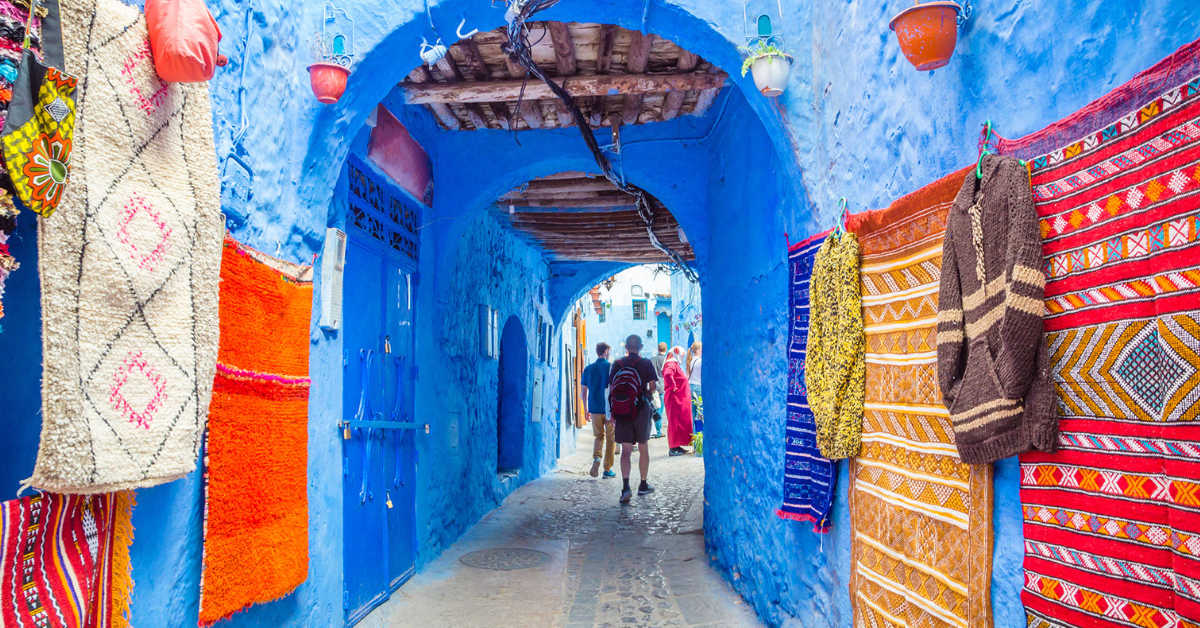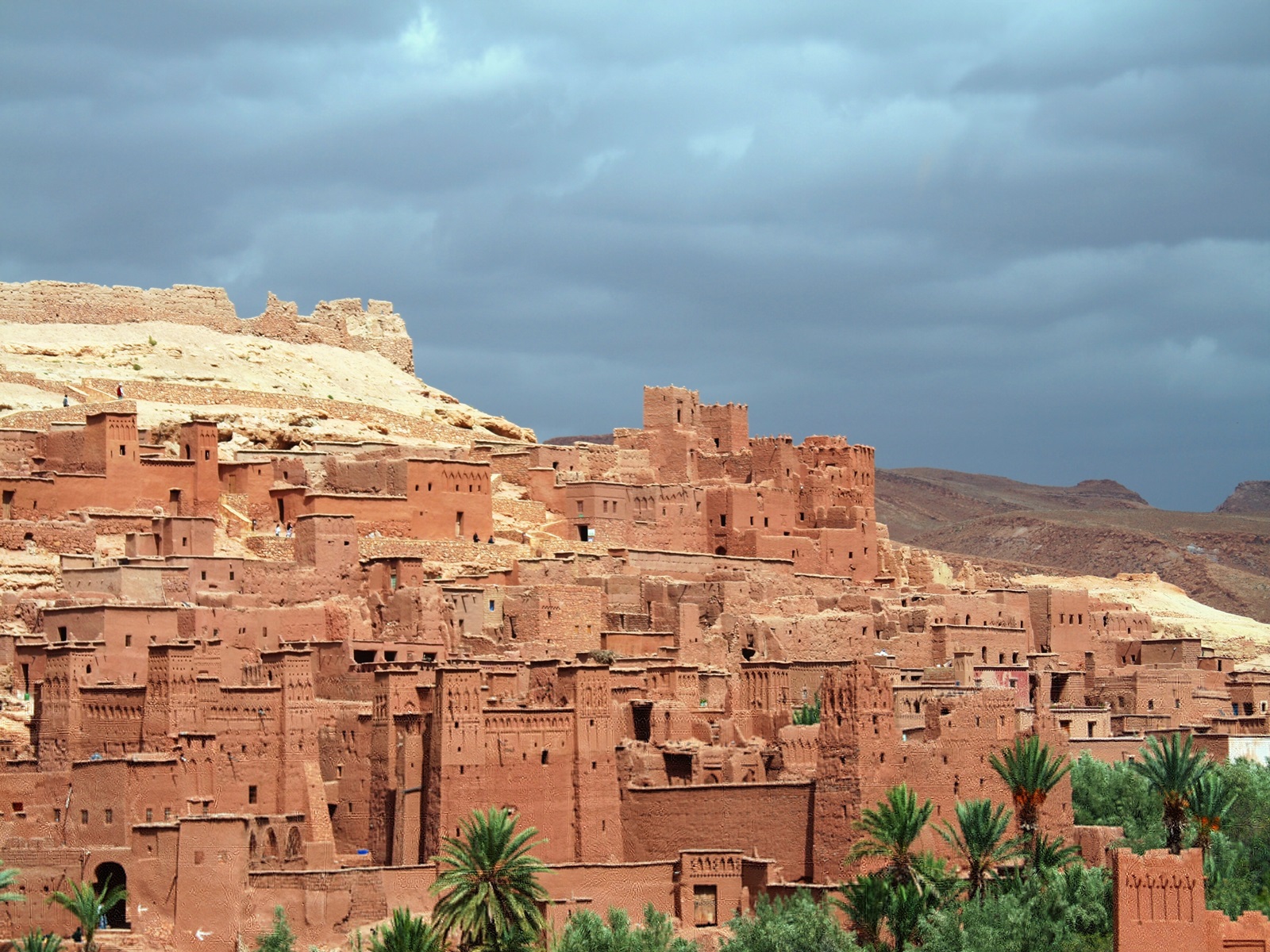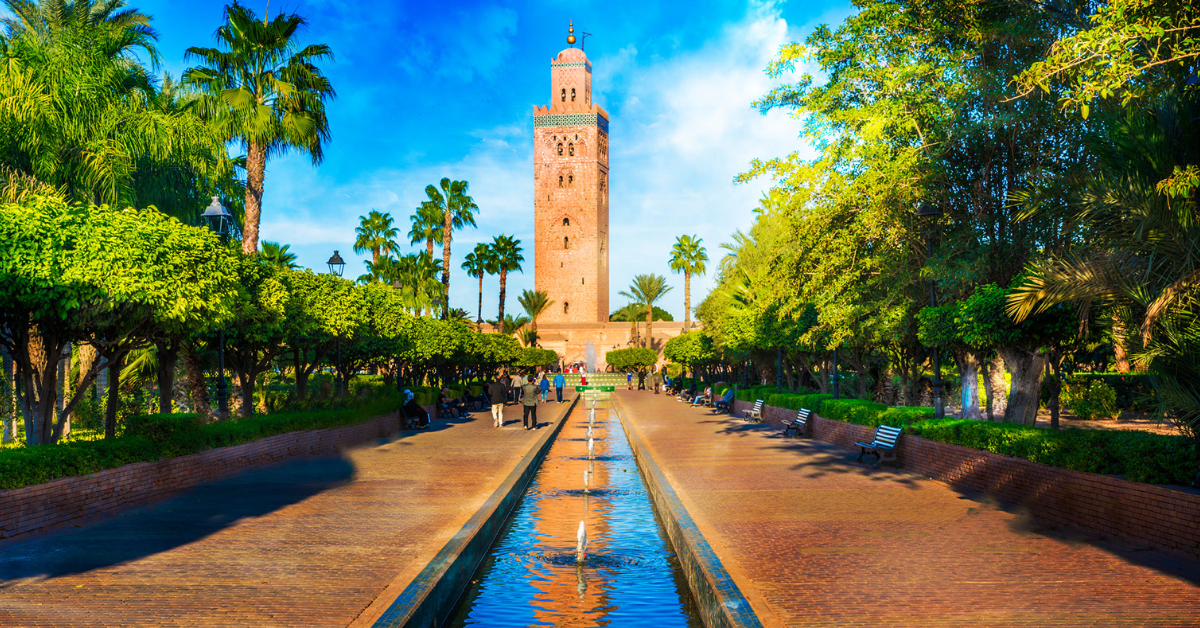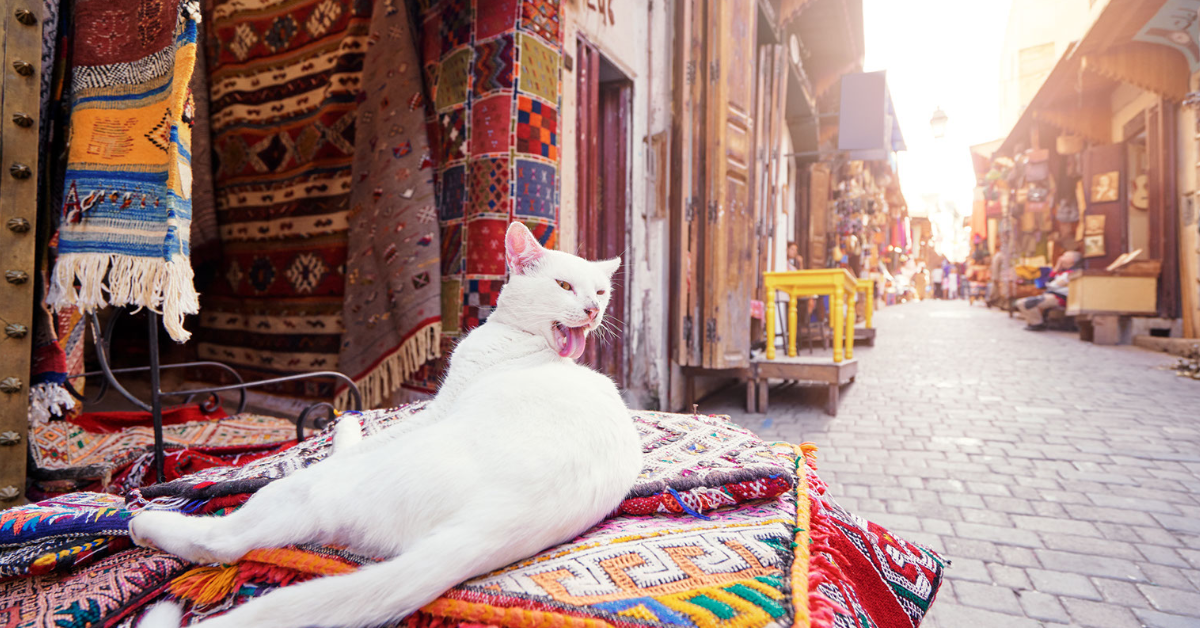11 Day Jewish Legacy Heritage Morocco Private Tour
11-Day Jewish Legacy Heritage Morocco Tour
AFC Morocco Tours invites you to embark on a captivating 10-day journey through Morocco’s Imperial Cities and iconic Jewish heritage sites. This private tour offers a deep exploration of Morocco’s vibrant Jewish history, traditions, and unique cultural blend. Experience ancient synagogues, Jewish cemeteries, holy tombs, bustling souks, stunning landscapes, and exquisite Andalusian gardens. Visit the Jewish Museum in Casablanca, the only one in the Muslim world. Participate in Shabbat services, enjoy kosher meals, and meet local Jewish communities, all while traveling comfortably in a luxury 4×4 SUV or Mercedes Vito with multilingual guides. The tour begins and ends in Casablanca.
This comprehensive tour offers an in-depth look into Morocco’s Jewish past and present, providing a meaningful experience for travelers interested in history, culture, and interfaith dialogue.
-
Departure
CASABLANCA -
Departure Time
Depends on your flight time -
Return Time
Depends on your return flight time -
Dress Code
Casual -
Included
Camel trek (one camel per guest)Entrance FeesLocal guides in major cities: Fes; Marrakech, Casablanca mosque, Volubilis; Essaouira, Atlas MountainsMeals as per itineraryNew air-conditioned vehicle 4WD or Minivan/Mini BusOvernight in Desert Luxury CampPick-up and Drop Off ServiceProfessional driver/Tour guide during the tour -
Not Included
FlightsLunches and drinks unless specifiedPersonal expenses
Tour Plan
Day 1: Casablanca Arrival
Upon arrival at Mohammed V Airport, meet your guide and begin exploring Casablanca’s Jewish legacy. Visit Temple Beth-El, a central synagogue of the former Jewish community, admired for its stained-glass windows and artistic details. Explore Temple Em Habanim and Neve Chalom if time permits. Enjoy dinner at a kosher restaurant. Overnight in a boutique hotel in Casablanca.
Day 2: Jewish Museum Visit – Casablanca Tour – Travel to Rabat
After breakfast, we will begin the day with a visit to the Museum of Moroccan Judaism, showcasing a vast collection of religious, artistic, and ethnographic artifacts. Explore Casablanca’s Mellah (Jewish Quarter) and the Jewish Cemetery, where you can see well-preserved tombs with inscriptions in French, Hebrew, and Spanish. Continue to Rabat, Morocco’s capital. Tour the Hassan II Mosque’s exterior and the French-designed New Town.
Overnight in Rabat.
Day 3: Rabat – Tetouan – Chefchaouen
Today, we will leave Rabat and travel to Tetouan, once a haven for Jewish refugees expelled from Spain in 1492. Visit the Mellah, known for its Andalusian architecture and active synagogues. Explore the Jewish cemetery with its Castilian section. Continue to the blue-washed city of Chefchaouen, nestled in the Rif Mountains.
Enjoy dinner and overnight at a local riad.
Day 4: Chefchaouen – Ouazzane – Meknes – Fes
Today you will explore Chefchaouen, Morocco's enchanting city beneath the striking peaks of the Rif Mountains. Whitewashed homes with red tile roofs line narrow, winding laneways, their walls painted in brilliant shades of blue. Then continue onto the holy city of Ouazzane to visit the sanctuary of a Jewish Saint venerated by both Muslims and Jews Rabbi Amram Ben Diwan. The Hiloulah takes place in Ouezzane and is considered the largest pilgrimage gathering for Moroccan Jews. The Jewish heritage tour continues to Meknes “the Moroccan Versailles” where the Jewish presence is evidenced by Hebraic epitaphs dating from the Christian era as well as Greek inscriptions that still appear in local Synagogues and a place of pilgrimage where the tomb of Rabbi David Benmidan, “The Patron of Meknes” is located. After lunch, you will tour Meknes starting from the ornamented gate of Bab Al Mansour to the old and new Mellah to see the past and new life conveyed through the historic Jewish names retained by many of the streets. Explore the Jewish Mellah & Quarter, with its narrow lanes and colorful courtyards. The presence of Jewish history is evident in the Hebraic epitaphs that date back to the Christian era. These epitaphs along with Greek inscriptions can be seen on the Meknes Jewish zaouia, a place of pilgrimage where the tomb of Rabbi David Benmidan still resides.
We leave Meknes towards Fez with a stop at Volubilis, begin your visit by discovering the fascinating Roman ruins adorned with beautiful mosaics and colorful tiles depicting Roman mythology. The ruins are spread out across several acres and what remain visible are several fragments of wall, parts of massive columns, the capitol, the basilica, and a triumphal arch. The ruins reveal how the Roman Empire transformed the original Carthaginian settlement into a typical Roman city complete with mansions, a town center, a triumphal arc, and temples devoted to the Roman gods.
Overnight at a Boutique Hotel or Riad in Fes.
Day 5: Fes – Jewish Heritage and Historic City Tour
Discover On this guided historical tour of UNESCO-listed Fes, you’ll visit the city’s significant Jewish and cultural landmarks, including synagogues, ancient universities, mosques, cemeteries, and the Mellah, as well as its beautiful gardens and palaces. Your guide will highlight the historical connections between Jewish and Muslim communities in Morocco.
Jewish Heritage in Fes & Fes El Bali:Fes, one of the most renowned cities in medieval Jewish history, was home to one of the most influential Talmudic scholars, Rabbi Isaac Alfasi. Founded by Idriss I in the 8th century, Fes (also known as Fes El Bali) served as Morocco’s spiritual, artistic, and intellectual capital. It was widely respected for its vibrant Jewish community, which openly practiced its traditions. Legend states that the city's name comes from the pickaxe (made of silver or gold) used by Idriss to mark the boundaries of the old city. Fes is a key destination for Jewish travelers due to its historical significance.
Jewish Heritage and Culture Tour of Fes:This guided tour of Fes will take you through notable Jewish heritage sites, including synagogues, medieval universities, mosques, cemeteries, a children’s school, and the Mellah, alongside the city’s gardens and palaces. The tour provides insights into the intertwined history of Jewish and Muslim communities in Morocco.
The Jewish Mellah:Unlike the relatively new Mellah of Casablanca, the Mellah of Fes is over 650 years old. This historic quarter borders the Royal Palace, distinguished by its bright, newly refurbished brass doors. The palace once served as a refuge for Jews during the 1912 pogrom.
The Jewish Cemetery:This cemetery houses the tombs of more Jewish saints than any other in Morocco, including the revered Saint Solica, who was martyred for refusing to convert to Islam.
Maimonides:The ancient city of Fes still holds traces of its Jewish past, including the former home of the renowned philosopher Maimonides, who lived here from 1159 to 1165. Persecuted by the Almohad dynasty, Maimonides left the city to avoid forced conversion. Despite a declining Jewish population, the community in Fes remains resilient, striving to preserve its heritage. The Maimonides Community Center features a kosher restaurant and a modern synagogue.
The Danan Synagogue:The Ibn Danan Synagogue is one of the oldest and best-preserved synagogues in Morocco, situated at the heart of the Mellah. It is a rare surviving example from a pivotal period in Moroccan Jewish history.
Fes Synagogues:The synagogues in Fes, dating back to the 17th century, are notable for their unmarked exteriors. The Mellah once hosted around 40 synagogues. You can also visit the expansive whitewashed Jewish cemetery near the Royal Palace gates and the emerging Jewish Museum at the Em HaBanim Synagogue.
Muslim Heritage Sites and Shopping in the Old Medina:- University of Al-Karaouine
- Zaouia Moulay Idriss II
- Dar Batha
- Weavers Cooperative
Day 6: Day Trip to Sefrou – Explore Jewish Legacy
Today, we will travel to Sefrou, once known as "Little Jerusalem" for its vibrant Jewish community. Discover its Mellah and enjoy a walk through the old medina. Learn about the harmonious coexistence between Muslims and Jews in this town. Return to Fes for an optional visit to Jnane Sbil Gardens and Batha Museum.
Overnight in Fes.
Day 7: Fes – Ifrane – Midelt – Merzouga Desert
Depart Fes, crossing the Middle Atlas Mountains. Stop in Ifrane, the "Switzerland of Morocco," and visit the cedar forests of Azrou. Continue to Midelt for lunch before reaching the Ziz Valley. Visit the ancient Jewish quarter of Erfoud, a former center for Jewish merchants. Arrive in Merzouga for a camel trek and a magical sunset over the Erg Chebbi dunes.
Enjoy dinner and an overnight stay in a desert camp.
Day 8: Merzouga – Tinghir – Dades Valley – Ouarzazate
After breakfast, we leave the magical dune Erg Chebbi in Merzouga and head towards the old irrigation system that was used in the oasis of Ziz. We continue driving through the arid landscapes to the small town of Tinghir where the fabulous Todra Gorges to enjoy a leisurely walk in and around the canyons and venture up between the high limestone cliffs with their exotic-shaped erosions and beautiful green vegetation, Kasbahs ranging in colors from greenish-black to dark red and startling lime-white. After lunch, we arrive in Tineghir to visit the gateway and the ancient and colorful Jewish quarter Mellah. This town is believed to have one of the oldest Jewish cemeteries in Morocco. We leave Tinghir towards the Rose Valley where thousands of small, pink Damascene roses are grown, and the palm’s grove of Skoura to reach the Hollywood of Africa Ouarzazate for the overnight with dinner at the hotel or Riad.
Day 9: Ouarzazate – Ait Benhaddou – Marrakech
Visit the Ait Benhaddou Kasbah, a UNESCO World Heritage Site, famous for its appearance in numerous films. An authentic site where a list of movies was filmed starting with the first movies “Lawrence of Arabia”, ”Jesus of Nazareth”, and” Gladiator” and the list is still going on. It is also listed in UNESCO as a site of the world and national culture in 1987 Continue to Marrakech, with an optional visit to the tombs of Jewish saints along the way.
Check in to a boutique riad in Marrakech.
Day 10: Marrakech – Guided City Tour & Jewish Heritage
Visit Marrakech’s Gardens, Palaces, and Jewish Heritage Sites.
The Majorelle Gardens & Berber Museum The Majorelle Gardens, previously the Jardin Bou Saf, bears its name from its original creator, Jacques Majorelle, the French expatriate artist who was born in Nancy France in 1886. In 1947 he opened his gardens to the public and during this time also painted a magnificent ceiling space at La Mamounia Hotel. Later, French fashion designer Yves Saint-Laurent purchased the gardens. Today the Majorelle Gardens house a unique collection of flora and fauna along with the Berber Museum. The Old Spice Market The Rahba Kadima is a colorful market filled with a wide array of spices from Cumin, Cinnamon, Saffron, Dried Pepper, and more. The Jewish Mellah Founded in 1558 by Moulay Abdallah, the Mellah district was designated as the Jewish quarter in Marrakech. El Bahia Palace The El Bahia Palace in Marrakech is a beautiful building and an excellent example of Eastern Architecture from the 19th century that represents trends and standards of the wealthy that lived at that time. Visit the Marrakech Lazama Synagogue in the old Medina. This Quarter was created in the Kasbah area in 1558. The Jewish community enjoyed autonomy even though Jews weren't allowed to own any property outside the Mellah and controlled the sugar trade. There are approximately 250 Jews still living in Marrakech, and most live outside the Medina. Visit Synagogue Bet-El, Impasse Des Moulins (Centre American) - Gueliz. Rabbi Hanania Hacohen Cemetery. Tour the Rabbi Hanania Hacohen Cemetery, the place of burial for Rabbi Mordekhai Ben Attar and Rabbi Pinhas Hacohen Azough, where the “patron of Marrakech” resides. The Saadian Tombs The Saadian tombs in Marrakech date back to the time of the sultan Ahmad al-Mansur (1578-1603). The tombs were only recently discovered (in 1917) and were restored by the Beaux-arts service. The mausoleum comprises the corpses of about sixty members of the Saadi Dynasty that originated in the valley of the Draa River. Overnight at a Boutique Hotel or Riad in Marrakech.Day 11: Departure
- Max Participants: 16
- Location: Morocco Casablanca
- Date: Guaranteed Departure
- Start Time: 6:00 pm
- End Time: noon approx
- Duration: 11 Days
- Meals: 5 Dinners 15 Breakfasts 3 Lunches
- Tour Cost: $4712.00 per person based on twin share
- Deposit Required: $500.00
- Single Supplement: From $780 per person
- A fully customized itinerary based on your interests and schedule 24/7 in-destination support from our local office in Morocco
- All accommodation stays, tours, and transfers for scheduled activities are covered unless otherwise listed in the itinerary
- A certified private driver for tours and transfers
- Local certified private guides in the Major Cities
- A meet and greet at the airport or at your accommodation from your driver or manager assigned to you.
- Arrival and departure Airport pickup.
- Certified and professional tour leader during the tour
- Breakfast each day at your Riad or hotel, plus any meals indicated in the itinerary.
- 10 nights’ accommodation at the hotels mentioned above (or hotels or Riads of the same category).
- The car, driver, and tour leader assigned to you are available during the whole tour.
- Water in Vehicle
- Camel ride experience in the Sahara Desert Tour in Sahara
- Cooking class in the Sahara desert camp
- 10 Breakfasts
- 05 dinners
- 02 lunches ( Fes & Ait Benhaddou )
- SPA in Marrakech: Traditional Hammam and Massage
- Travel insurance, which we offer and can be purchased after you’ve booked your tour Visas (unless noted)
- Tips for services and experiences
- Lunches, and drinks (alcoholic and non-alcoholic), unless specified in the itinerary Dinners and drinks (alcoholic and non-alcohol) unless specified in the itinerary Entrance fees to historical monuments
- Local Guide's fee unless specified in the included section. Henna Tattoo experience
- Hot Air Balloon Tour leader services
- Personal charges such as laundry, phone calls, SIM cards, or room service Early check-in or late check-out from hotels (unless otherwise specified) Additional sightseeing, activities, and experiences outside of your itinerary
- Optional enhancements like room or flight upgrades, local camera or video fees Passport fees, and immunization costs.
- Taxes, and personal things purchased
- Does not include domestic or international travel.
- Everything that is not mentioned in‘’ THE PACKAGE PRICE INCLUDES
Things You Must Know Before Visiting Morocco - AFC Morocco Tours Travel Tips
More and more people are visiting Morocco every year. It’s a beautiful country. If you plan on going, here are a few pointers to help you prepare for your trip.- Dress Appropriately
- Currency and Cost
- ATMs.
- Keep Correct Change with You
- Tipping
- Be Wary of Local Guides.
- Stay Away from Strangers Offering Free Tours or Directions.
- Fridays are Holy Days and Prepare for Holidays
- Careful What Water You Use
- Pack Some Immodium
- Watch Your Pockets
- What Language Do They Speak?
- Hello(Peace Be With You): Salam Alikome (salaam a eleikum)
- Thank You:Choukran (shokran)
- No Thank You: La Choukran (la shokran). This one is useful when you have a bunch of street vendors hassling you to buy something.
- Watch Out: Although you won’t use this yourself, you’ll most likely hear this in the medinas or souks (outdoor markets). It will be said by locals coming by with a mule, motorcycle, or cart and is a warning to move to the side.
- Visiting Mosques:
- Do I Need a Visa or Vaccines?
- Ask Before Taking Photos (And You May Have to Pay).
- Souvenirs to Bring Home:
****************************
Overall, Morocco is a beautiful country, and you will be happy to experience it. As long as you’re completely aware of your surroundings, and you go in with the right mindset and expectations, you can have a wonderful experience.